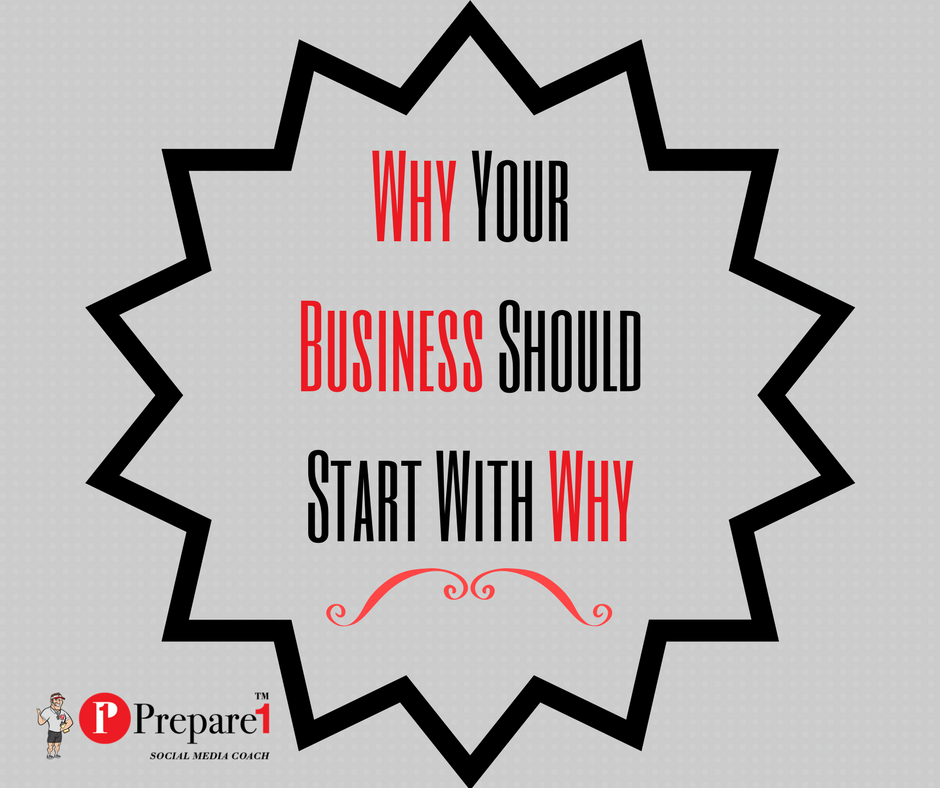
Why do you do what you do?
What makes employees and customers buy into you and your company?
According to Simon Sinek, the fundamental difference between the “Apples” of the world and everyone else is that they start with “why.”
Simon Sinek explores how leaders can inspire cooperation, trust and change. He’s the author of the classic “Start With Why”; his latest book is “Leaders Eat Last.”
Start With Why: How Great Leaders Inspire Everyone to Take Action
What does that even mean? To explain this concept, Sinek has developed what he calls the “Golden Circle,” image pictured right. The golden circle has three layers:
- Why – This is the core belief of the business. It’s why the business exists.
- How – This is how the business fulfills that core belief.
- What – This is what the company does to fulfill that core belief.
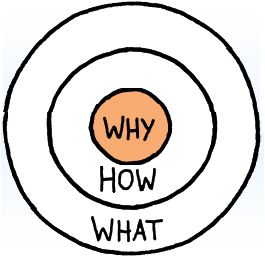
What makes employees and customers buy into a company?
- WHAT: Every single company and organisation on the planet knows WHAT they do. This is true no matter how big or small, no matter what industry. Everyone is easily able to describe the products or services a company sells or the job function they have within the system. WHATs are easy to identify.
- HOW: Some companies and people know HOW they do WHAT they do. Whether you call them a ‘’differentiating value proposition’’ or ‘’unique selling proposition,’’ HOWs are often given to explain how something is different or better. Not as obvious as WHATs , and many think these are the differentiating or motivating factors in a decision. It would be false to assume that’s all that is required. There is one missing detail.
- WHY: Very few people or companies can clearly articulate WHY they do WHAT they do. This isn’t about making money – that’s a result. WHY is all about your purpose, cause or belief. WHY does your company exist? WHY do you get out of bed in the morning? And WHY should anyone care?
Most companies neglect to even mention why they do what they do. More alarmingly, many of them don’t even know why they do what they do!
Not Apple. Apple starts with “why.” It is the core of their marketing and the driving force behind their business operations. To help illustrate this point, imagine if Apple also started backwards by creating a marketing message that started with “what.”
“We make great computers. They’re user friendly, beautifully designed, and easy to use. Want to buy one?”
While these facts are true, I’m not sold. We instead want to know why they are great and user friendly. Turns out Apple has figured this out over the years and knows better. Here’s what a real marketing message from Apple might actually look like:
“With everything we do, we aim to challenge the status quo. We aim to think differently. Our products are user friendly, beautifully designed, and easy to use. We just happen to make great computers. Want to buy one?”
See how different that feels? Because Apple starts with “why” when defining their company, they are able to attract customers who share their fundamental beliefs. As Sinek puts it, “People don’t buy what you do. They buy why you do it.” Starting with “why” makes Apple more than just a computer company selling features, and that’s why their products have flourished while their competitors’ products with similar technology and capabilities have often flopped.
How do you explain when things don’t go as we assume?
Or better, how do you explain when others are able to achieve things that seem to defy all of the assumptions?
For example: Why is Apple so innovative?
- Year after year, after year, they’re more innovative than all their competition. And yet, they’re just a computer company. They’re just like everyone else. They have the same access to the same talent,the same agencies, the same consultants, the same media. Then why is it that they seem to have something different?
Why is it that Martin Luther King led the Civil Rights Movement?
He wasn’t the only man who suffered in pre-civil rights America, and he certainly wasn’t the only great orator of the day. Why him?
And why is it that the Wright brothers were able to figure out controlled, powered man flight when there were certainly other teams who were better qualified, better funded — and they didn’t achieve powered man flight, and the Wright brothers beat them to it. There’s something else at play here.
COMMUNICATE OUTSIDE IN OR INSIDE OUT?

When we communicate from the outside in, yes, people can understand vast amounts of complicated information like features and benefits and facts and figures.
It just doesn’t drive behavior.
When we can communicate from the inside out, we’re talking directly to the part of the brain that controls behavior, and then we allow people to rationalize it with the tangible things we say and do.
This is where gut decisions come from. Sometimes you can give somebody all the facts and figures, and they say, “I know what all the facts and details say, but it just doesn’t feel right.”
Why would we use that verb, it doesn’t “feel” right?
Because the part of the brain that controls decision-making doesn’t control language. The best we can muster up is, “I don’t know. It just doesn’t feel right.” Or sometimes you say you’re leading with your heart or soul. I hate to break it to you, those aren’t other body parts controlling your behavior. It’s all happening here in your limbic brain, the part of the brain that controls decision-making and not language.
But if you don’t know why you do what you do, and people respond to why you do what you do, then how will you ever get people to vote for you, or buy something from you, or, more importantly, be loyal and want to be a part of what it is that you do.
The goal is not just to sell to people who need what you have; the goal is to sell to people who believe what you believe.
The goal is not just to hire people who need a job; it’s to hire people who believe what you believe. I always say that, you know, if you hire people just because they can do a job, they’ll work for your money, but if they believe what you believe,they’ll work for you with blood and sweat and tears.
Nowhere else is there a better example than with the Wright brothers.
But why is it important to attract those who believe what you believe?
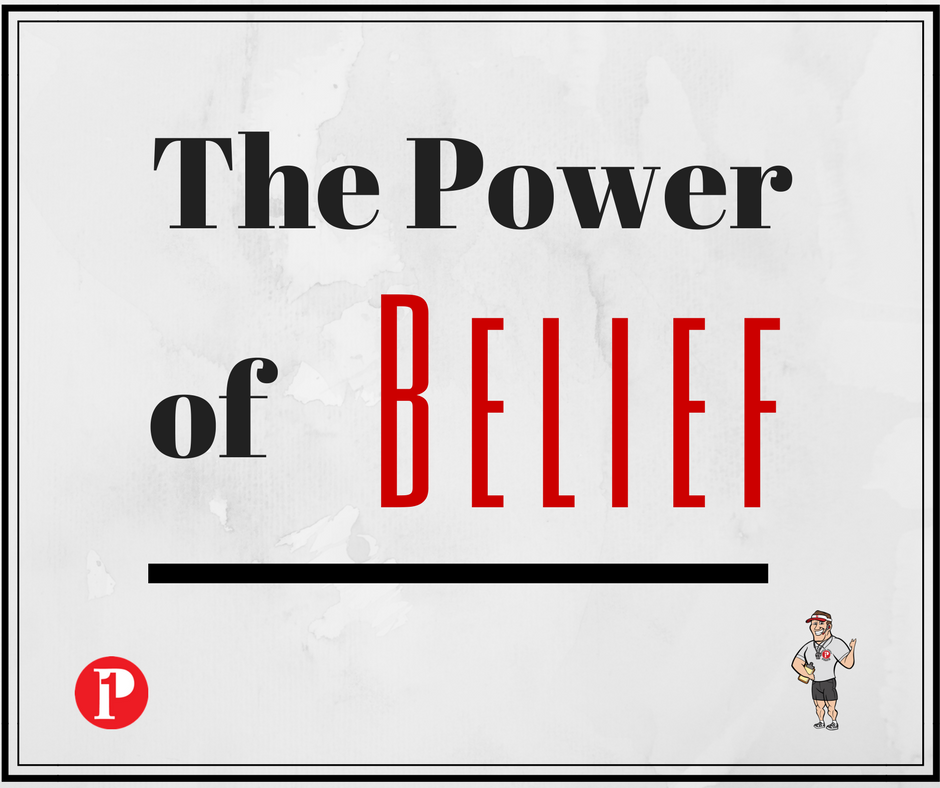
Something called the law of diffusion of innovation, if you don’t know the law, you know the terminology.
The first 2.5% of our population are our innovators. The next 13.5% of our population are our early adopters. The next 34% are your early majority, your late majority and your laggards. The only reason these people buy touch-tone phones is because you can’t buy rotary phones anymore.
We all sit at various places at various times on this scale, but what the law of diffusion of innovation tells us is that if you want mass-market success or mass-market acceptance of an idea, you cannot have it until you achieve this tipping point between 15 and 18 percent market penetration, and then the system tips. I love asking businesses, “What’s your conversion on new business?” They love to tell you, “It’s about 10 percent,” proudly. Well, you can trip over 10% of the customers. We all have about 10% who just “get it.” That’s how we describe them, right? That’s like that gut feeling, “Oh, they just get it.”
People don’t buy what you do; they buy why you do it
I’ll say it again: People don’t buy what you do. They buy why you do it.
With that mind, think about your buyer personas for a moment.
- Are they based purely on target demographics and assumed characteristics?
- Are they the kinds of people who might share your core values?
- What is it that drives your buyer personas to buy your products and remain loyal over a long period of time?
If you don’t know the answers to these questions, it’s ok! You don’t necessarily have to scrap your buyer personas and start over. Just add more context to who they are and how they identify with your “why.”
Doing so will get you to start thinking about the internal motivation that goes behind their purchase decisions. Perhaps you are a small business with large competitors and your customers are loyal to you because they like to support the little guy.
Maybe you’re making the world a better place, and your customers love you because they believe in your cause. Whatever the reason, redefining your buyer personas to match your “why” is critical in creating marketing that inspires them to continue advocating for you.
FINAL THOUGHTS
Now that you have a good understanding of Simon Sinek’s “Start with Why” philosophy, go out and give it a try.
Listen to politicians now, with their comprehensive 12-point plans. They’re not inspiring anybody.Because there are leaders and there are those who lead. Leaders hold a position of power or authority,but those who lead inspire us. Whether they’re individuals or organizations, we follow those who lead, not because we have to, but because we want to.
We follow those who lead, not for them, but for ourselves. And it’s those who start with “why” that have the ability to inspire those around them or find others who inspire them.
Write a blog post that explains what your company believes in.
Maybe track a few keywords that could uncover people who share your beliefs. Then get on social media to spread your cause. You’d be surprised to see how supportive your leads and customers alike will be.
When someone believes in your “why,” they’re more than a lead or customer; they’re an evangelist.
About Blair

Blair Evan Ball is a Social Media Coach and founder of Prepare1, a company that works with businesses, individuals and non-profits. He is a former executive with a Fortune 50 company, and his national division did $1Billion+ in sales annually.
Blair has written three e-books: Facebook for Business Made Easy, Facebook Pages for Business Made Easy, and WordPress Blog Setup Made Easy.
Blair also educates, trains entrepreneurs and business professionals how to amplify their brand, increase revenues, and raise more funds.
![[Study] How Will Businesses Change Their Social Media Activities 5 Golden Rules for Sharing on Social Media](https://www.prepare1.com/wp-content/uploads/2014/03/COACH-logohat-162x300.jpg) The Race is ON! | PREPARE | Get into the Game and WIN!
The Race is ON! | PREPARE | Get into the Game and WIN!
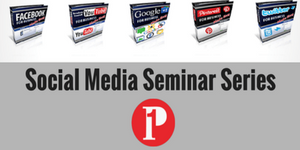



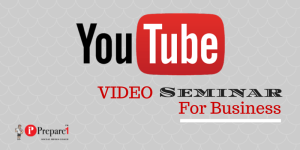
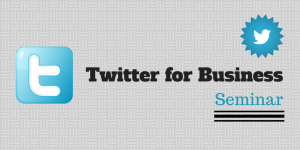
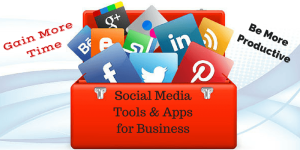
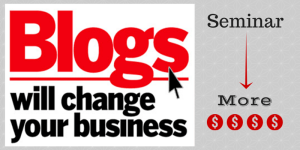


Comments on this entry are closed.